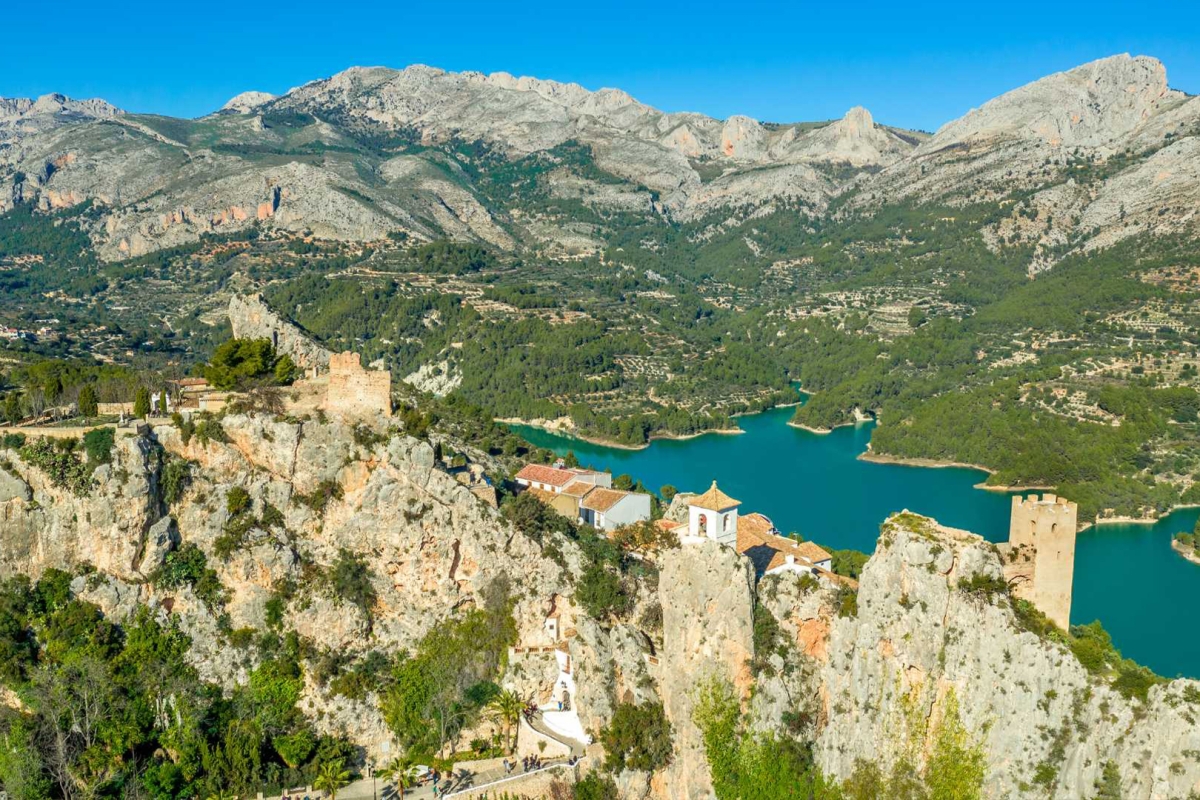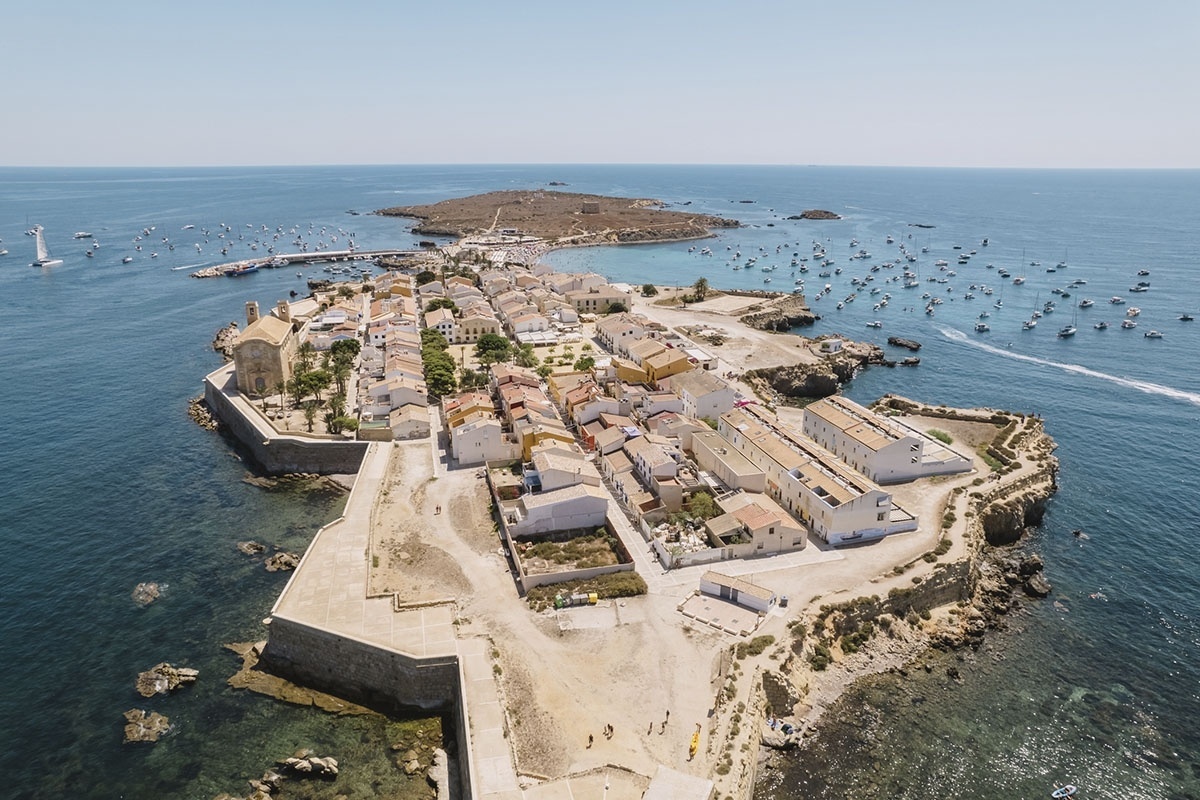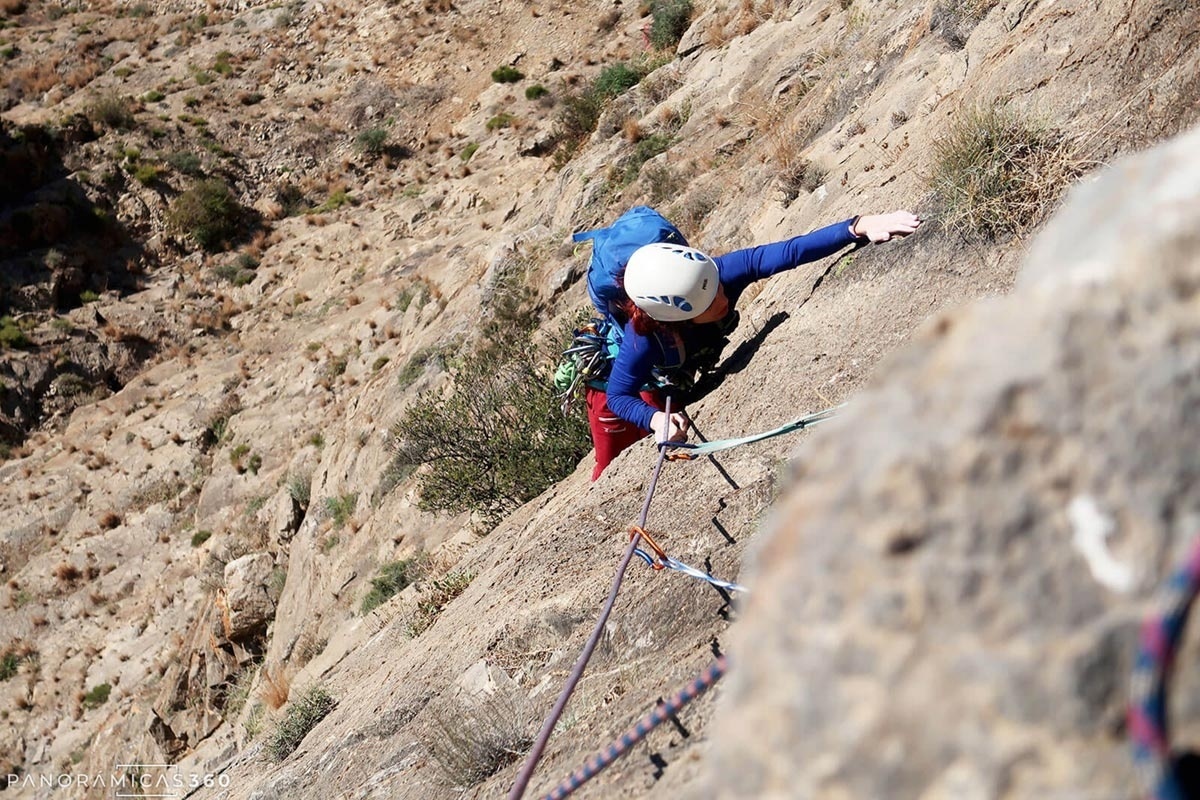Alicante, a province with a legacy stretching back thousands of years, offers visitors an extraordinary diversity of historical and cultural sites. From ancient Iberian settlements to medieval fortresses and elegant modernist buildings, Alicante tells the story of the civilizations that have left their mark on this land.
Traveling by campervan allows you to explore these historic sites with the flexibility to tailor your trip to your own interests and pace. Below, we take you on a historic route through Alicante, uncovering some of its most treasured landmarks.

Lucentum: Ancient Roman Alicante
We begin our journey back in time at Lucentum, the Roman settlement considered the predecessor of today’s Alicante. Located in the area of Tossal de Manises, in the Albufereta neighborhood, this archaeological site offers a window into the Roman and Iberian past of the region. Walking through Lucentum means strolling along the streets of a city that was once an important commercial and cultural hub more than 2,000 years ago.
Lucentum, the ancient name of modern-day Alicante, played a crucial role as a Roman settlement, with origins that predate the Romans and trace back to the Iberian peoples. It served as a vital commercial and administrative center on the Mediterranean coast of the Iberian Peninsula.
Today, the archaeological site of Lucentum is a significant cultural and tourist attraction. Visitors can see and explore:
-
Architectural remains: defensive walls, paved streets, and the remnants of residential and public buildings. The city follows the typical Roman urban plan, with intersecting streets.
-
Roman Baths: one of the most significant finds, showcasing Roman engineering and their focus on comfort in daily life.
-
The Forum: the city’s main hub for trade, administration, and social life, providing insight into Lucentum’s importance.
-
Watchtower and Walls: well-preserved defensive structures that reveal Roman fortification techniques.
-
On-site Museum: housing artifacts such as tools, coins, jewelry, and personal items that illustrate daily life in Lucentum.
-
Educational Programs and Guided Tours: helping visitors better understand the history and significance of the site.
Visiting Lucentum is an enriching experience that offers a window into the past and a deeper understanding of Alicante’s cultural heritage.
Santa Bárbara Castle: Guardian of History
Towering above Alicante on Mount Benacantil, Santa Bárbara Castle is a city landmark and a symbol of its military history. Built in the 9th century during Muslim rule, the fortress has witnessed numerous conflicts over the centuries. A visit allows you to explore its walls, towers, and exhibitions, while also enjoying breathtaking panoramic views of the city and the Mediterranean.
The Roman Villa of l’Albir and the l’Albir Lighthouse
Heading towards the coast, you’ll find the Roman Villa of l’Albir in Alfaz del Pi, an archaeological site that reveals daily life in a 4th-century Roman villa. After exploring the ruins, a hike to the l’Albir Lighthouse offers not only a scenic nature trail but also a unique perspective on the importance of navigation in both the ancient and modern Mediterranean.

Elche Palm Grove: A UNESCO World Heritage Site
Not far away, in the city of Elche, lies the Palmeral de Elche, the largest palm grove in Europe and a UNESCO World Heritage Site. This unique cultural landscape dates back to the 10th century when Arab settlers introduced this agricultural system.
Highlights include:
-
Palm Groves: divided into “huertos” (orchards), many private but some open to the public, such as Huerto del Cura and Huerto de San Plácido.
-
Huerto del Cura: the most famous grove, home to the Imperial Palm with its seven trunks, named in honor of Empress Elisabeth of Austria (Sissi).
-
Palmeral Museum: located in Huerto de San Plácido, offering context on the history, cultural value, and cultivation of the palms.
-
Walking Trails: scenic routes that showcase the size and beauty of the palm oasis.
-
Basilica of Santa María: nearby, famous for the Misteri d’Elx, a sacred lyrical drama also recognized as UNESCO Intangible Cultural Heritage.
Visiting the Elche Palm Grove provides a unique blend of nature, history, and cultural heritage—a living testimony of Arab agricultural techniques in Europe.
Guadalest: An Enchanted Mountain Village
We end our historic journey in Guadalest, a picturesque village in the mountains of Marina Baixa. Frozen in time, Guadalest features an 11th-century Muslim castle and a collection of quirky small museums—from miniatures to medieval torture instruments. The village combines history, culture, and natural beauty, making it an essential stop on any historical route through Alicante.
Tips for Camper Travelers
-
Plan Ahead: some sites have limited hours or require advance booking, especially in high season.
-
Respect Heritage: follow the rules—don’t touch ruins and respect restricted areas.
-
Parking: camper parking may be limited near historic areas; check ahead for nearby parking or consider public transport.
-
Guides and Maps: bring guidebooks or digital resources to enrich your visit with context and history.
This historic journey through Alicante offers a unique perspective on the province’s rich cultural tapestry, from its ancient origins to its evolution through the centuries. Traveling by campervan adds adventure and flexibility, allowing you to uncover the stories that have shaped this land at your own pace.
We hope this article inspires travelers to explore Alicante’s living history, turning each stop into a real-life lesson from the past.
If you’re thinking about renting a campervan in Alicante, count on us!
Signed: Narciso Pardo
CEO of FURGOCASA
 Español
Español  Inglés
Inglés 



